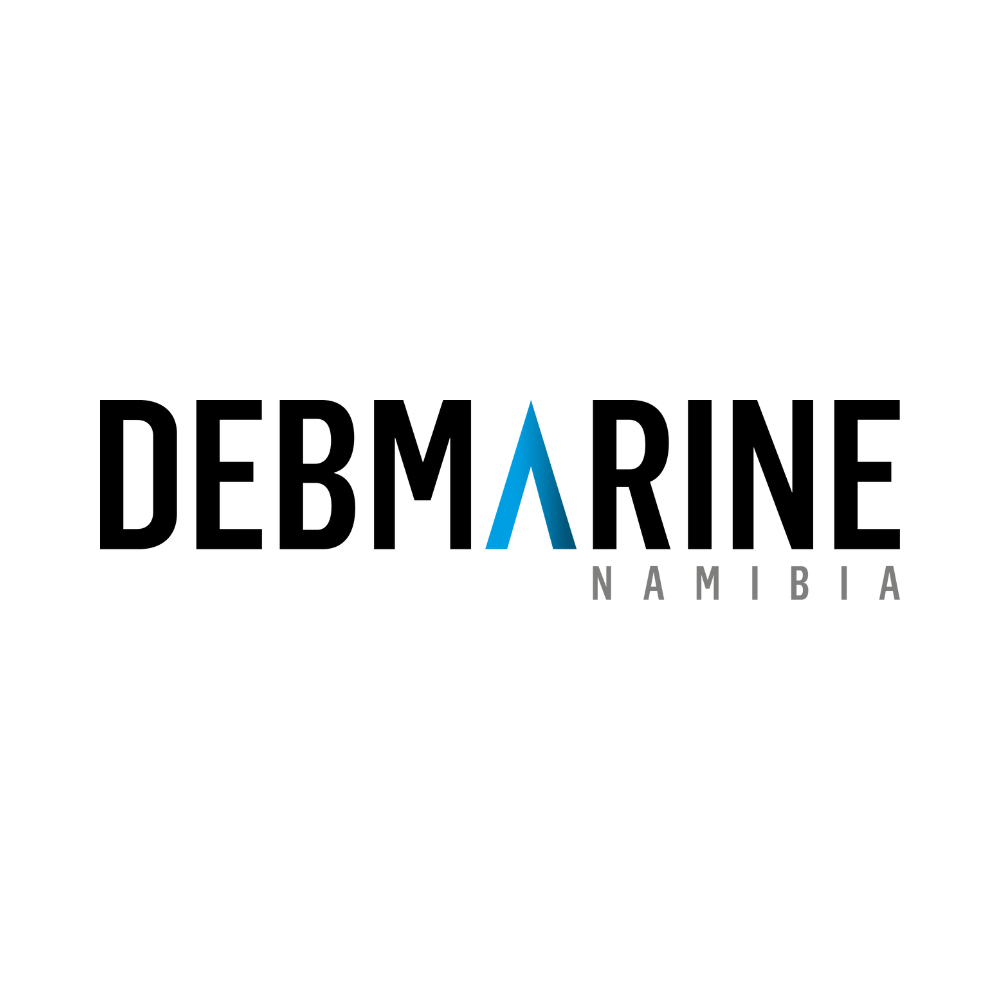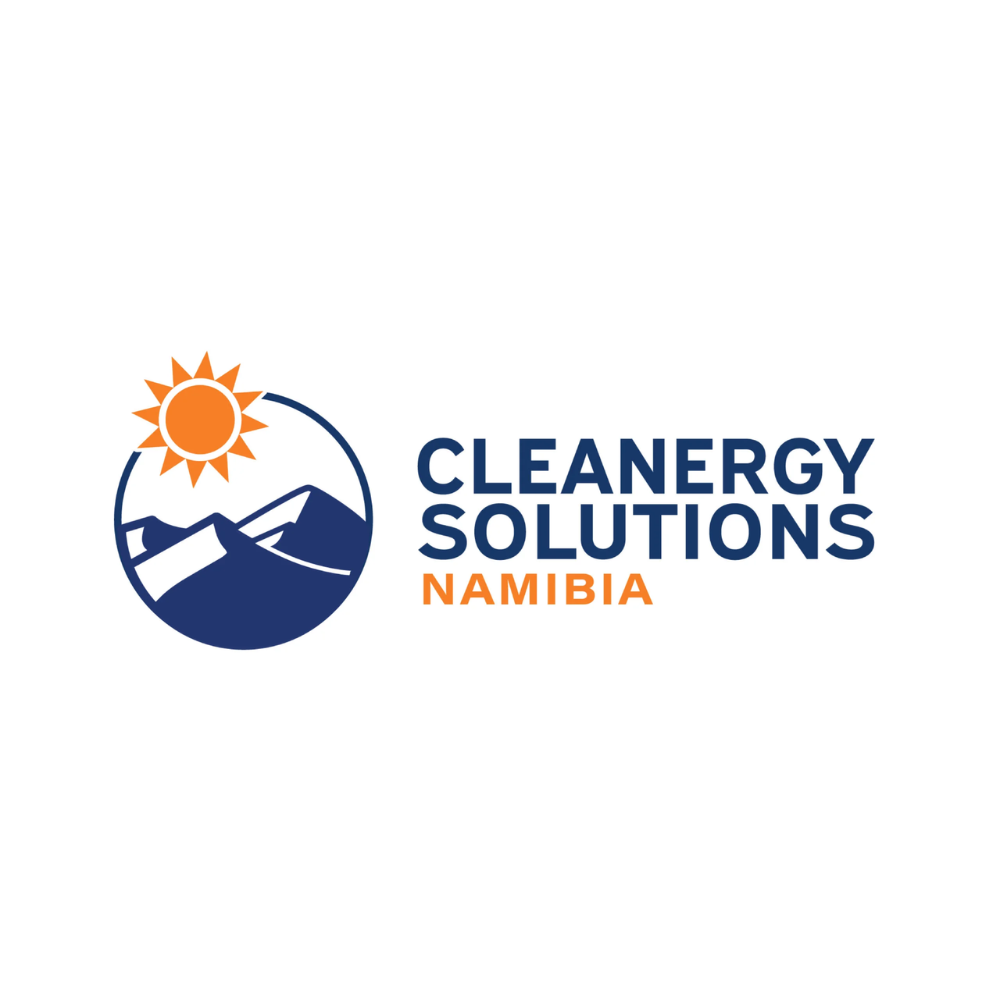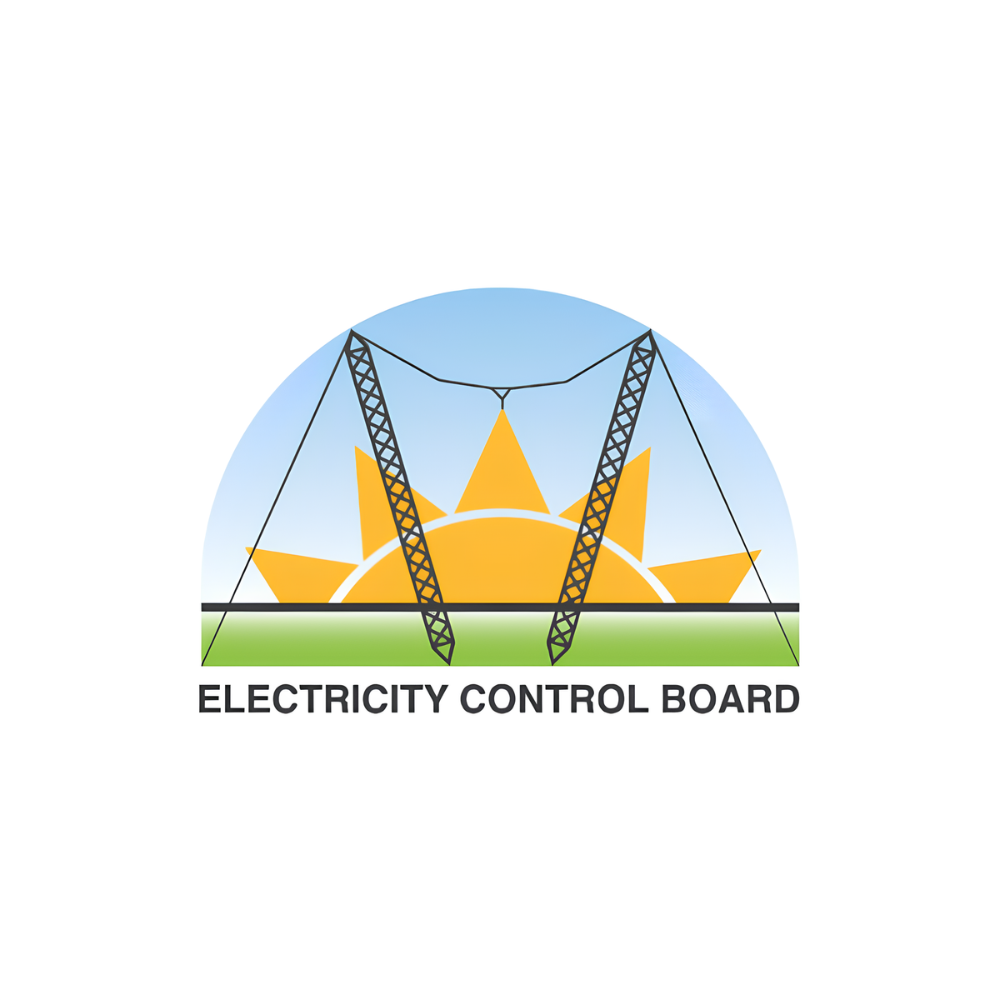The mining industry is one of the main pillars of the country’s economy and accounted for 14.4% of the country’s gross domestic product (GDP) in 2023. It is also one of the largest employers in the country and a major contributor to Namibia’s export earnings. The sector grew by 18.9% in 2023.
The Bank of Namibia (BoN) expects the mining and quarrying sector to grow by 3.1% in 2024 and 4.8% in 2025, while the electricity and water sector is expected to contract by 2.5% in 2024 before recovering to growth of 5.5% in 2025.
Furthermore, the BoN has projected growth of only 2.1% for the diamond mining sector in 2024 as a result of unfavourable international prices, caused by the rising demand for synthetic diamonds and subdued global consumer demand for rough diamonds. However, the bank projects that the sector will grow by 5.7% in 2025 and 6.5% in 2026.
Namdeb Holdings produced 2.327 million carats of rough diamonds in 2023, a 9% increase from the 2.137 million carats produced in 2022. Land-based production increased by 14% to 468,000 carats from 412,000 carats in 2022, while Debmarine’s offshore production increased by 8% to 1.859 million carats from 1.725 million carats in 2022.
URANIUM
Namibia’s uranium sector looks promising after the spot price reached US$106 per pound in January 2024, the highest level in more than 16 years, and with the demand expected to continue rising.
The BoN, however, expects the sector’s growth to slow down in 2024 due to continuous water supply constraints and stripping activities at some of the mines.
Australian mining company Paladin Energy resumed commercial production at its Langer Heinrich mine on 30 March 2024 after it was placed on care and maintenance in August 2018. Another Australian mining company, Deep Yellow, plans to begin construction of its Tumas Project in 2026. The project, which is expected to produce 3.6 million pounds of uranium oxide annually, has a life of mine (LOM) of 22 years. Australian-listed uranium development company, Bannerman Energy, was granted a mining licence for its Etango-XT Project by the Ministry of Mines and Energy in December 2023. Several other companies are conducting exploration projects for uranium.
METAL ORES
The metal ores subsector is projected to contract by 3.5% in 2024 and 0.6% in 2025. The BoN attributes the expected contraction to the depletion of ores from the gold subsector.
Trigon Metals successfully restarted mining operations at the Kombat open pit in May 2023 and undertook its first underground blast at the Asis West shaft on 1 February 2024. The company projects its copper metal production to range between 5,500 tonnes and 6,100 tonnes during 2025.
Namibia’s two operating gold mines, B2Gold and Navachab, produced 6,448 kg and 3,312 kg of gold bullion respectively in 2023, while the country’s third mine at Twin Hills is projected to start mining in early 2026.
Yintai Gold has bought Canadian gold exploration company Osino Resources’ Twin Hills Project for US$272.5 million (N$5.1 billion), subject to obtaining the necessary approval. The open-pit Twin Hills mine will have a 13-year LOM and an average annual production of over 162,000 ounces a year.
B2Gold’s Otjikoto open-pit operations are being ramped down throughout 2024 and the mine will be closed in 2025 while underground operations at Wolfshag will continue until 2026. Exploration results have indicated the potential of extending underground production at Wolfshag beyond 2026 and the company has also obtained positive exploration drilling results of a new area about 3 km south of the open-pit Otjikoto mine.
BAN ON EXPORT OF RAW MATERIAL
The Namibian cabinet approved a ban on the export of critical minerals such as unprocessed crushed lithium ore, cobalt, manganese, graphite and rare earth elements in June 2023. In response to the ban, the Chamber of Mines of Namibia (CoM) stated in a news release that it supported the decision as the chamber deemed it necessary for the government to control and regulate the export of unprocessed critical minerals to support job creation, value addition and maximum value extraction from mining.
FRASER INSTITUTE RANKINGS
Namibia was ranked 42nd out of 86 jurisdictions on the overall Investment Attractiveness Index (IAI) of the Fraser Institute’s 2023 survey of mining companies, compared to 38th out of 62 jurisdictions in 2022. In Africa, Namibia ranked fourth out of 22 jurisdictions surveyed on the continent, compared to sixth out of 16 jurisdictions surveyed in 2022.
In its response to the index ranking, the CoM stated, “While we can be proud that Namibia is still one of Africa’s more favourable destinations, ranking fourth, it is concerning to note that our score has deteriorated by three points on the absolute score and also on our global rankings. This shows that Namibia can do better with regards to mining policy and regulatory matters.”
THE SEARCH FOR OIL
International oil companies are expanding their search for commercially viable oil in the Orange Basin and are investing billions of Namibian dollars in exploration and appraisal activities, following the discovery of light oil and gas by TotalEnergies and Shell in early 2022. TotalEnergies will spend about 30% of its US$1 billion exploration and appraisal budget for 2024 in Namibia and could begin production of between 150,000 to 180,000 barrels a day at its Venus oil field in 2029/30.
Portuguese oil and gas company, Galp Energia, will spend more than N$3 billion on its Mopane prospect which the company projects could hold up to 10 billion barrels of oil. American oil major Chevron plans to drill five exploration wells and five appraisal wells in the last quarter of 2024.
POWER FOR THE PEOPLE
The two planned renewable energy power projects owned and operated by NamPower will generate an additional 110 MW when they are commissioned. The 70 MW photovoltaic project at Rosh Pinah is scheduled for completion in 2025, while the 40 MW Otjikoto Biomass Project, 15 km west of Tsumeb, is projected to be completed in 2026. The power station will use encroacher bush biomass woodchips as the fuel source. The Anixas II Power Station at Walvis Bay will generate 54 MW of electricity when it is commissioned during the latter half of 2024. Namibia’s first battery storage system, the 54 MW / 54 MWh Omburu BESS Project, is expected to come online in the second half of 2025. It will store renewable energy for later use, such as during peak times.
GREEN HYDROGEN
Through its partnership with the European Union and the Global Gateway initiative, the Namibian government has obtained donor and concessional funding of more than €540 million (N$11 billion) from Invest International and the European Investment Bank to finance the development of the green hydrogen industry and to fund its equity participation in the Hyphen Hydrogen Energy Project.
The government has been offered a 24% stake in the project, which is being developed by Hyphen Hydrogen Energy in the Tsau //Khaeb National Park in southern Namibia. The company targets the annual production of 1 million tonnes of green ammonia by 2027 and 2 million tonnes of green ammonia by 2029. The project has been estimated to cost N$170 billion.
MINING AND ENERGY AT A GLANCE
- Namibia produces more than 100 minerals, including diamonds, uranium, lead, zinc, marble, lithium and gemstones
- Gold and uranium were the top-performing mineral commodities in 2023
- Namibia, the world’s third-largest producer of uranium, accounted for 12% of the global production in 2023
- Number of mines: 26 plus numerous small-scale operations
- Contribution of mining to GDP: 14.4% (2023)
- Number of people directly employed by the mining industry in 2023: 18,189
VITAL CONTACTS
The Chamber of Mines of Namibia (CoM)
P O Box 2895, Windhoek
+264 61 237 925
chamberofmines.org.na
Contact CoM for a list of mining companies in Namibia
Centre for Renewable Energy and Energy Efficiency (CREEE)
Private Bag 13388, Windhoek
+264 61 207 2154
nei.nust.na
Diamond Board of Namibia
Private Bag 13927, Windhoek
+264 61 284 8249
diamondsnamibia.com
Electricity Control Board (ECB)
P O Box 2923, Windhoek
+264 61 374 300
ecb.org.na
Minerals Development Fund of Namibia
Private Bag 13297, Windhoek
+264 61 284 8263 / 380
mme.gov.na
Namibian Uranium Association
P O Box 2747, Swakopmund
+264 64 402 393
namibianuranium.org
Namibia Diamond Trading Company (NDTC)
P O Box 23316, Windhoek
+264 61 204 3222
ndtc.com.na
Namibia Meteorological Service
Private Bag 13224, Windhoek
+264 61 287 7001
meteona.com
Regional Electricity Regulators Association of Southern Africa (RERA)
P O Box 2302, Windhoek
+264 61 221 720
rerasadc.com
Women in Mining Association of Namibia (WiMAN)
P O Box 2895, Windhoek
+264 81 237 8514







